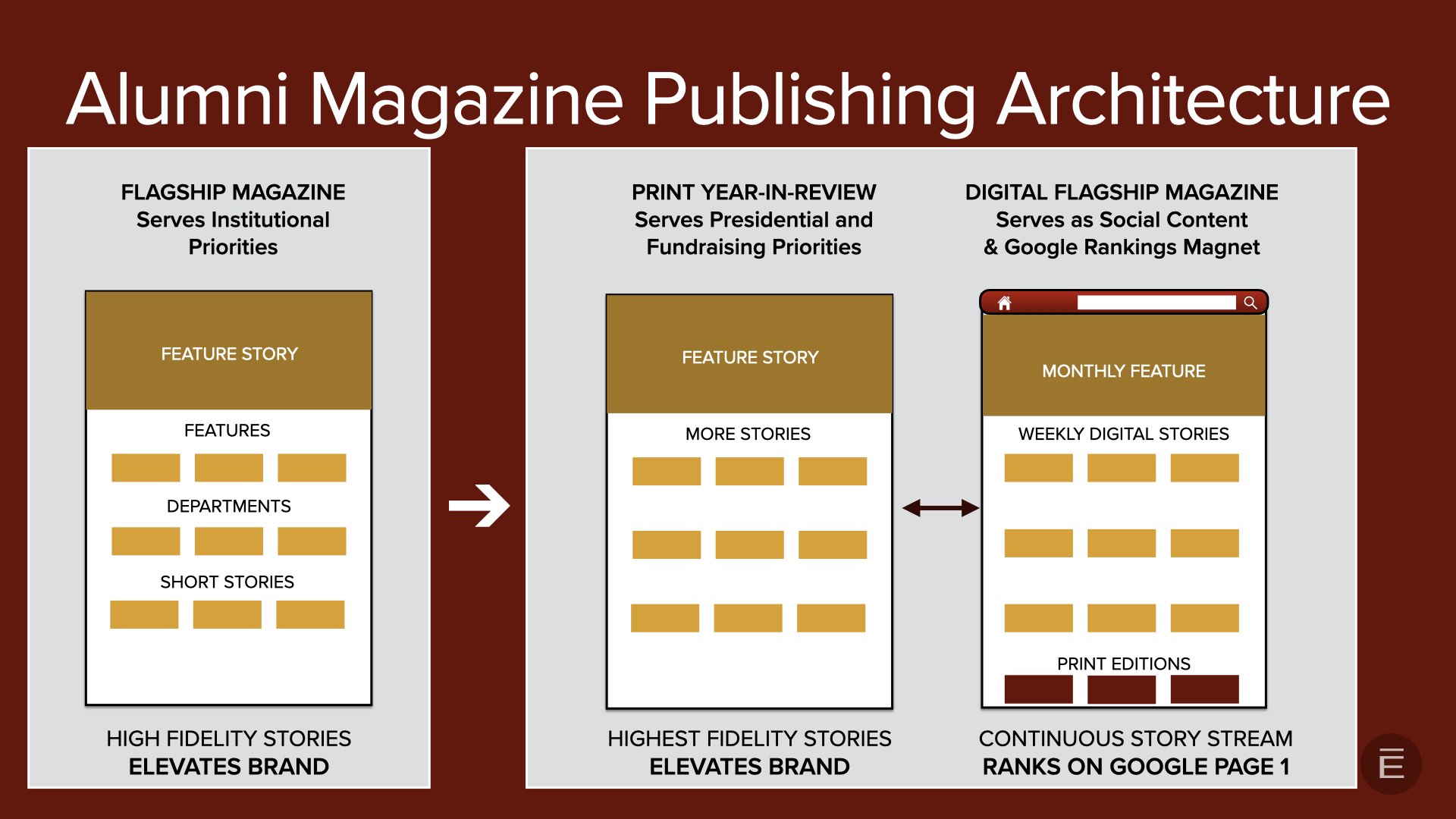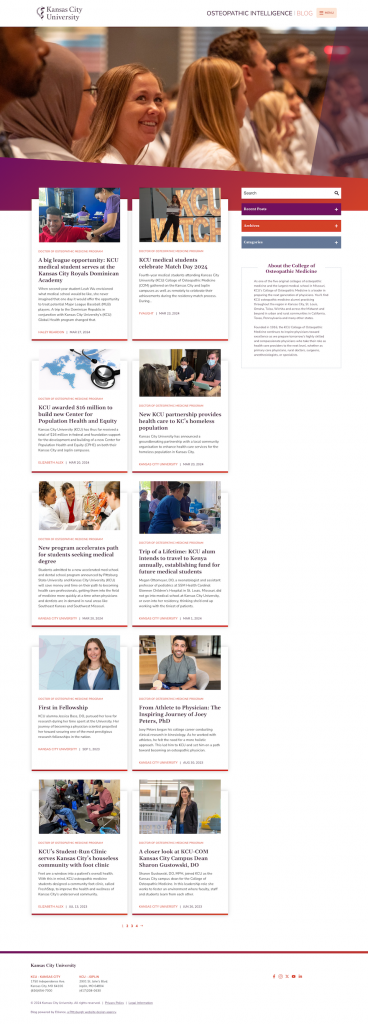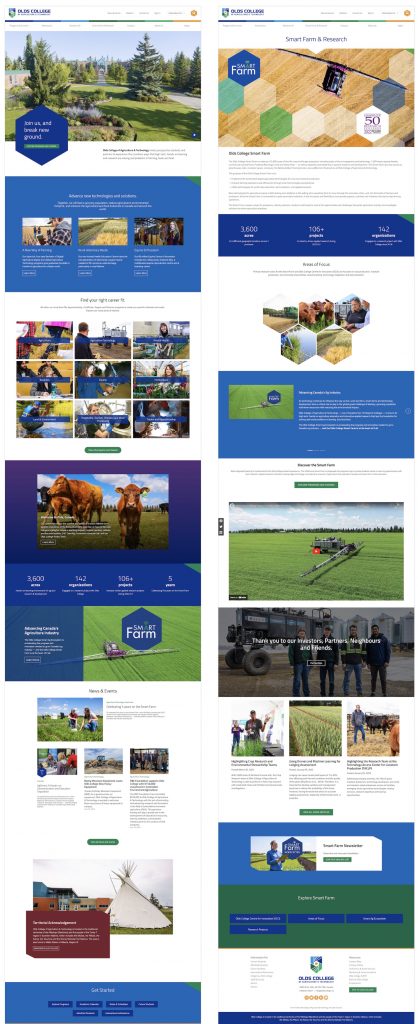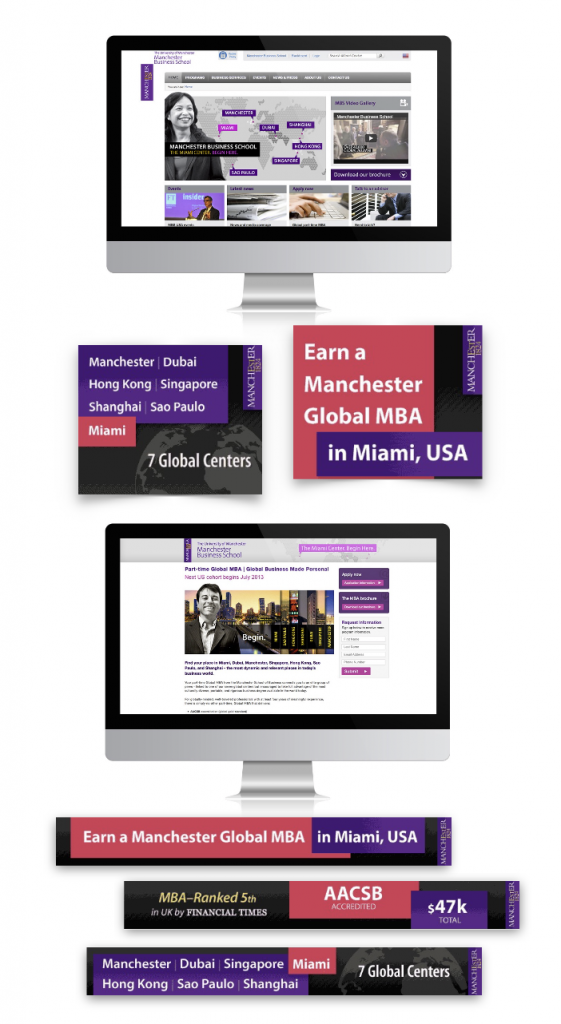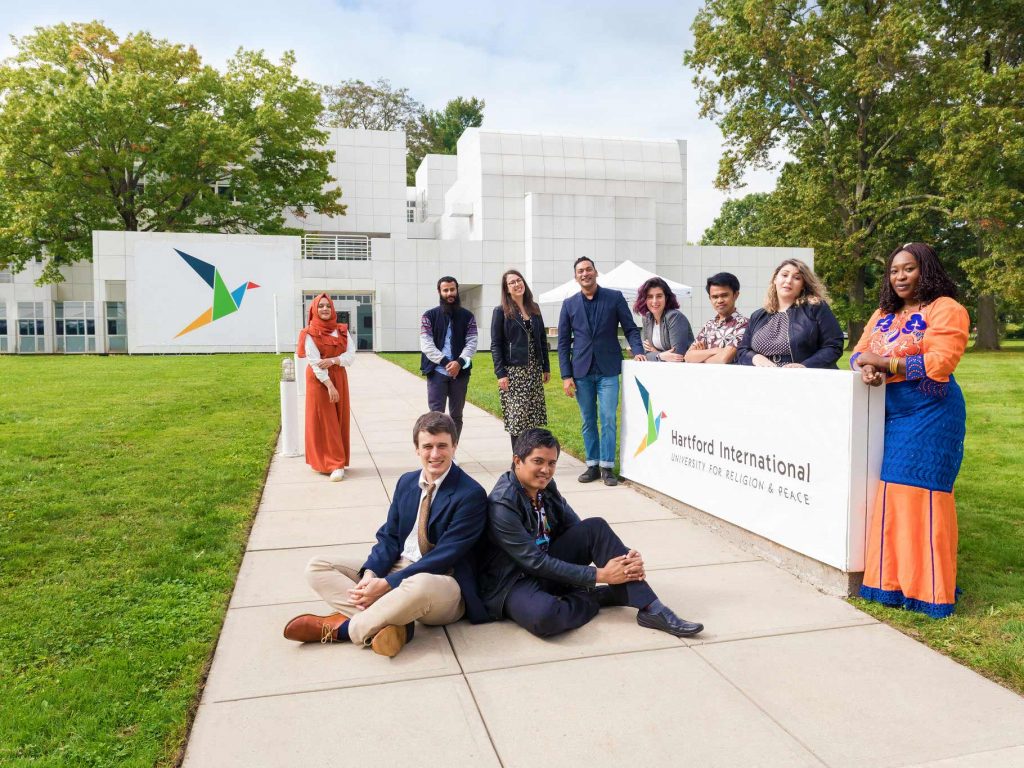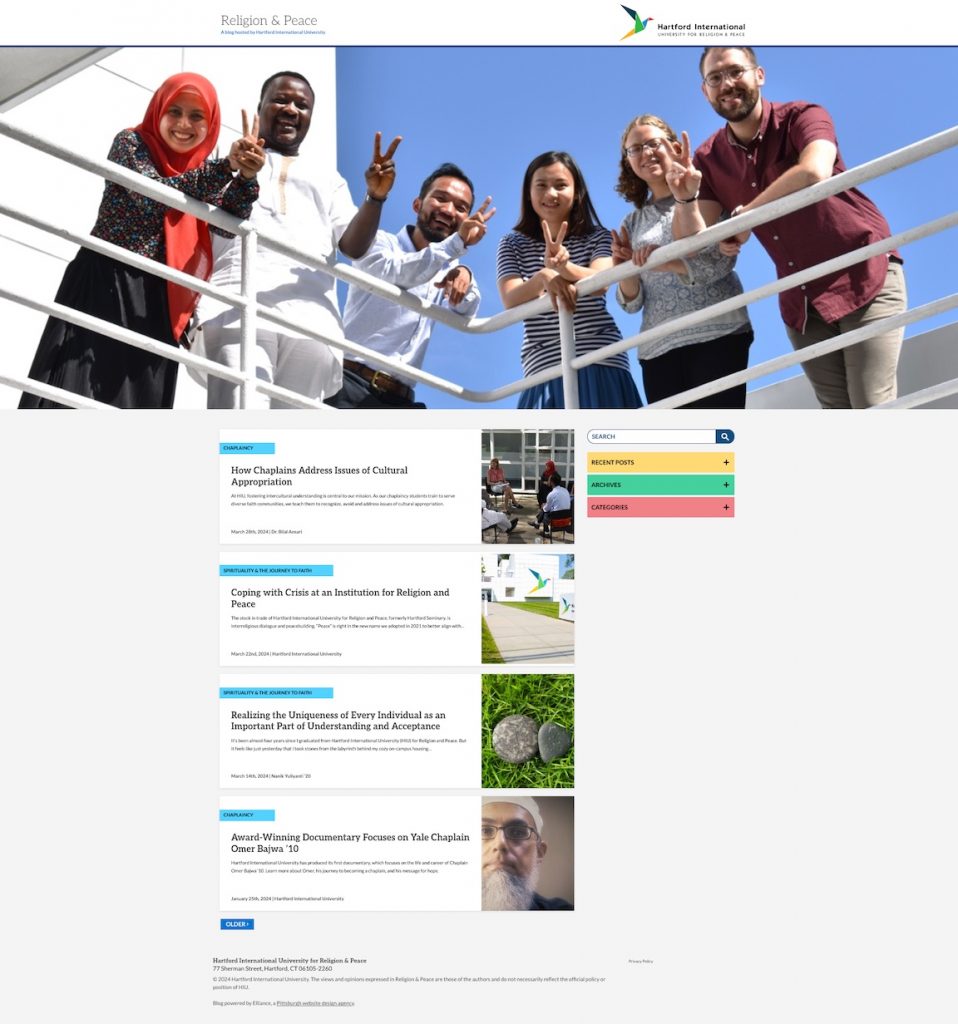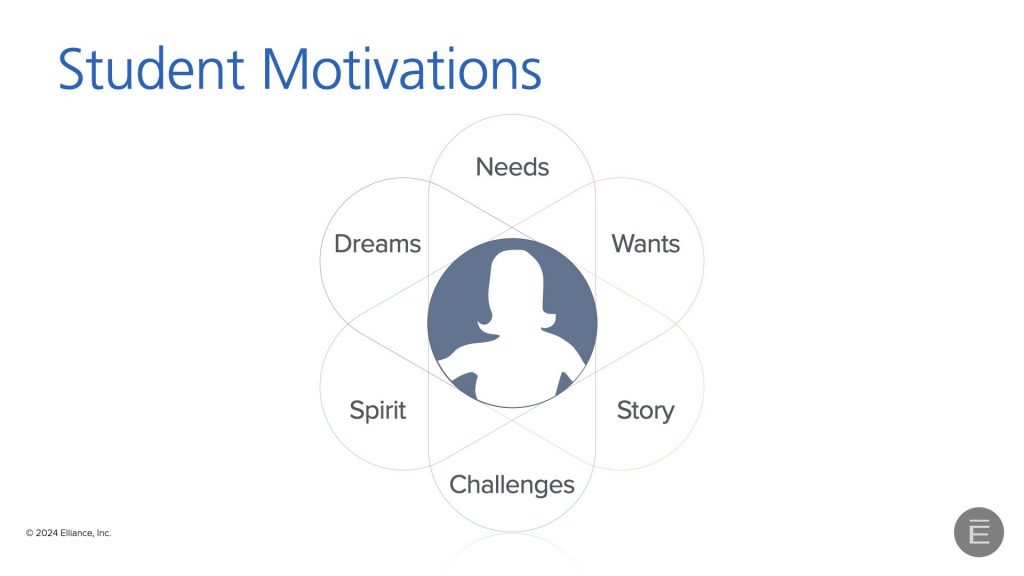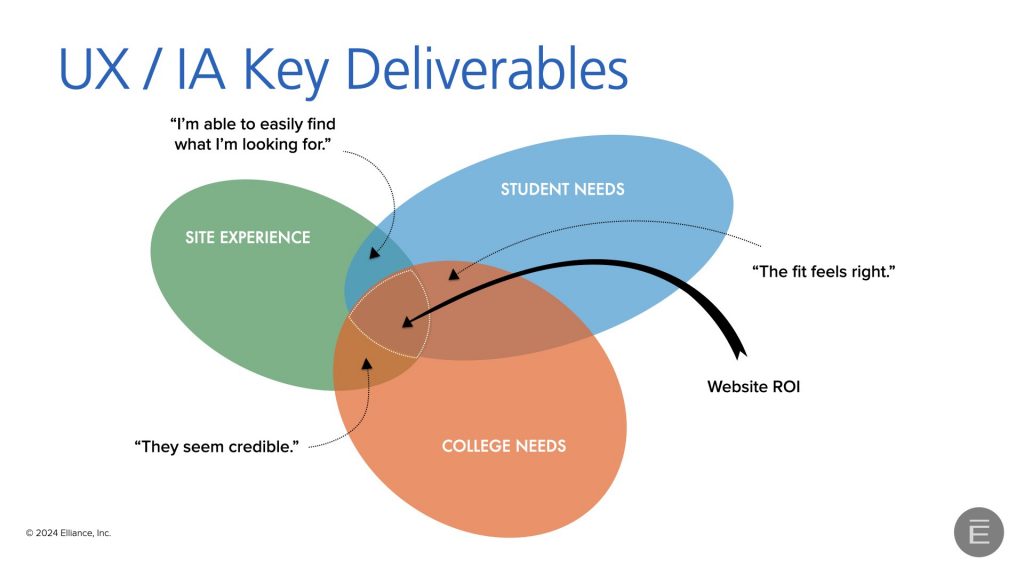Reimagining the brand for colleges, universities and higher education institutions starts with teasing out the brand essence from the stories of the faculty, students, alumni and community you serve. Brand essence is often distilled down to a brand line or a tagline. Here is a sampling of few we’ve completed for some great clients.
William Woods University
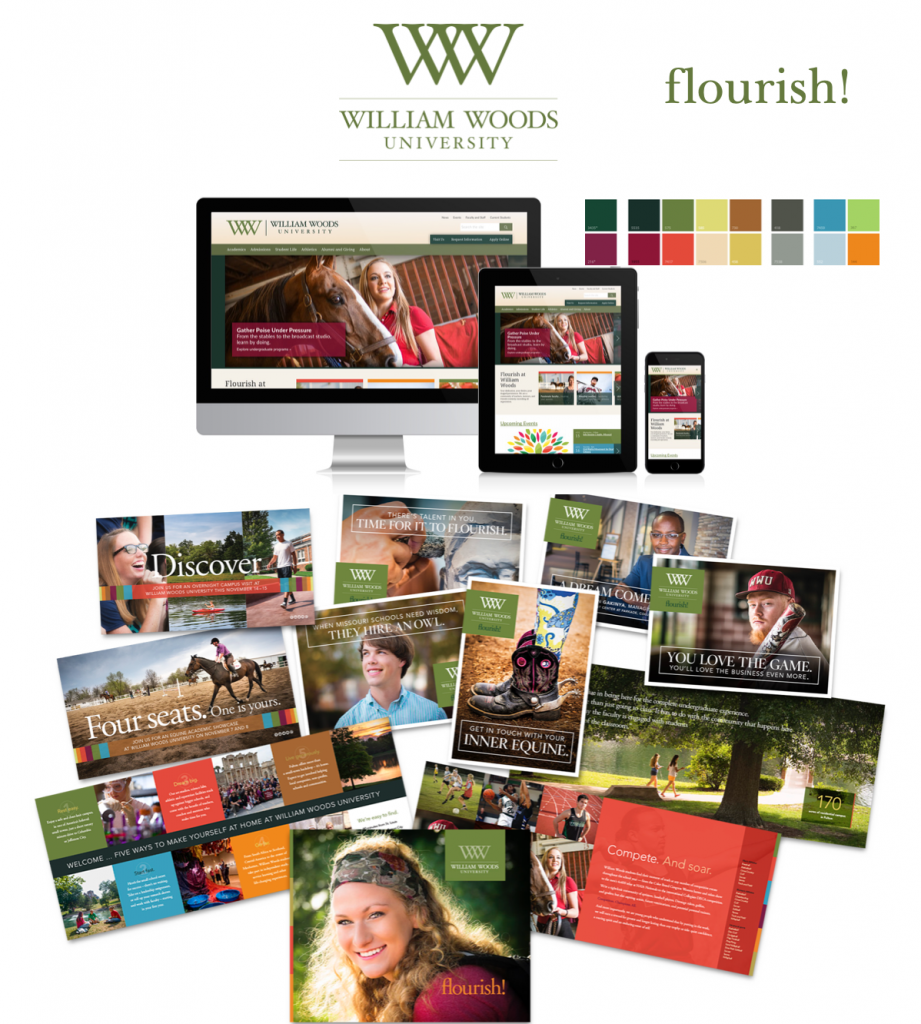
The challenge
Like so many small, rural colleges, William Woods struggled to find a way to distinguish itself in today’s competitive higher education marketplace. The inspiration As it turned out, the answer lay in the smiles and hearts of its students. While many arrived with average transcripts and test scores, nothing could measure their deeper drive to succeed where others predicted they might fail. From the equestrian barns to the baseball fields, the digital media suites to the biology labs, students were making up for lost ground.
The result
We immersed ourselves in the William Woods experience, and, in the end, were able to distill all they enable their students to do into one simple declaration: “flourish!” We also changed the logo to symbolize organic growth.
The impact
Since the launch of the brand, William Woods has flourished too. Undergraduate enrollment began climbing, attracting higher family-income students and opening national recruiting markets; graduate enrollment grew by 25%, and online enrollment doubled.
University of Delaware, Lerner College of Business and Economics
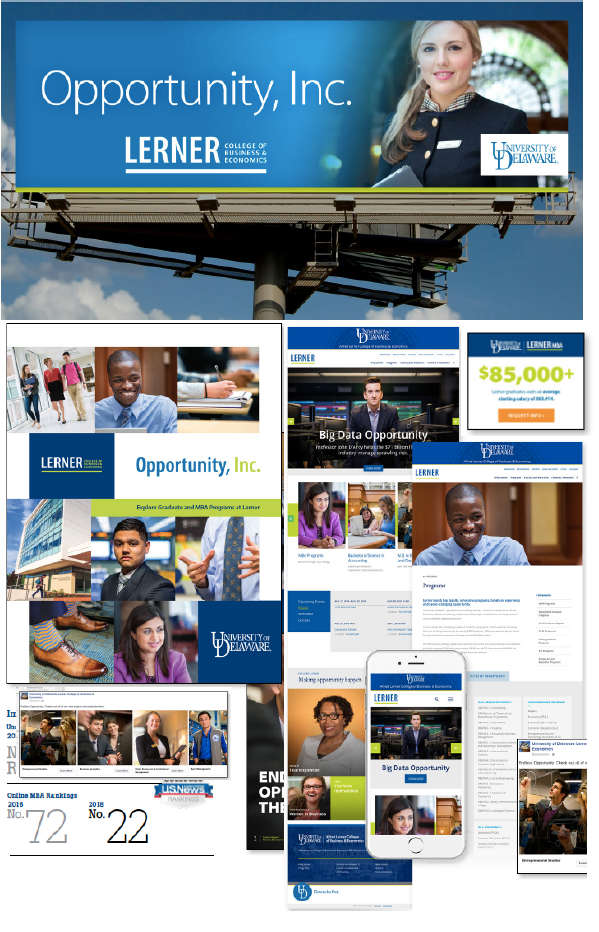
The challenge
Unlike other land-grant research institutions, the University of Delaware is powered by a much smaller study body and is located in a small town.
The inspiration
Elliance found students who found unprecedented opportunities, from being mentored by Wall Street executives to operating a full-service on-campus Marriott hotel to managing a student investment fund with more than $1.5 million in assets.
The result
Elliance positioned the brand around the line “Opportunity, Inc.” balancing the start-up culture energy with the state’s longstanding position as a corporate law center. Opportunity, Inc. extends an invitation to outcomes-minded students, faculty, funders, and partners.
The impact
The University of Delaware’s previously unranked undergraduate business program rose to U.S. News #78. Online program rankings jumped from #72 to #22.
John Carroll University
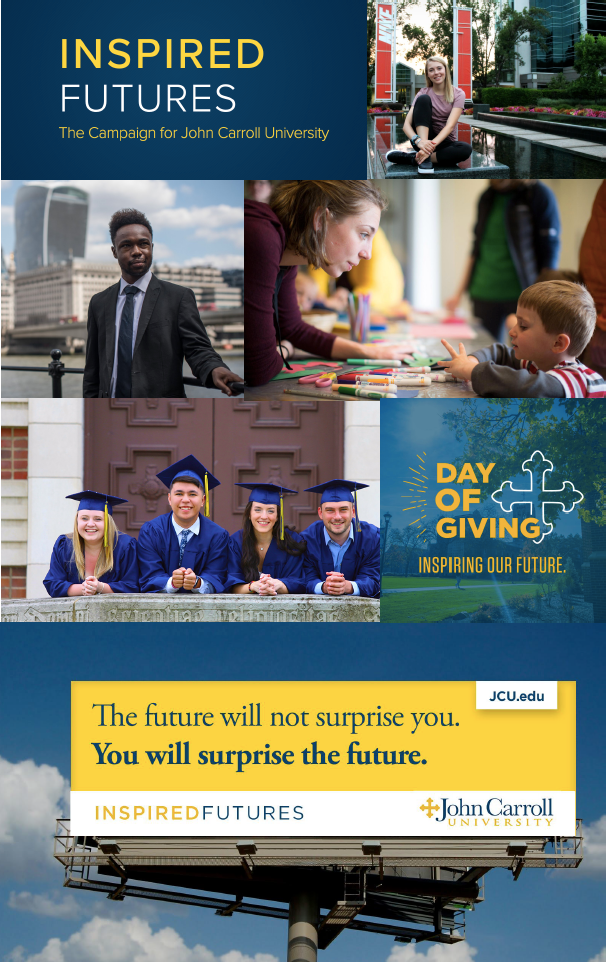
The challenge
First, as Dean of Boler College of Business and later as president of John Carroll University, Alan Miciak understood that strategic clarity and an authentic brand position set the ground for the hard work to follow, specifically building a national reputation and a sustainable endowment.
The inspiration
Elliance set about reconciling a 500–year–old Jesuit tradition with a growing realization that John Carroll graduates in every subject area want greater access to and preparation for the “work of the future.”
The result
Elliance created the “Inspired Futures” brand position and helped unite three colleges — business, arts and sciences, and health — under one banner.
The Impact
The work’s earliest stages supported a $25M business school capital campaign. Since then, the brand has anchored new nursing and public health programs and guided an institution-wide capital campaign.
Capitol Technology University
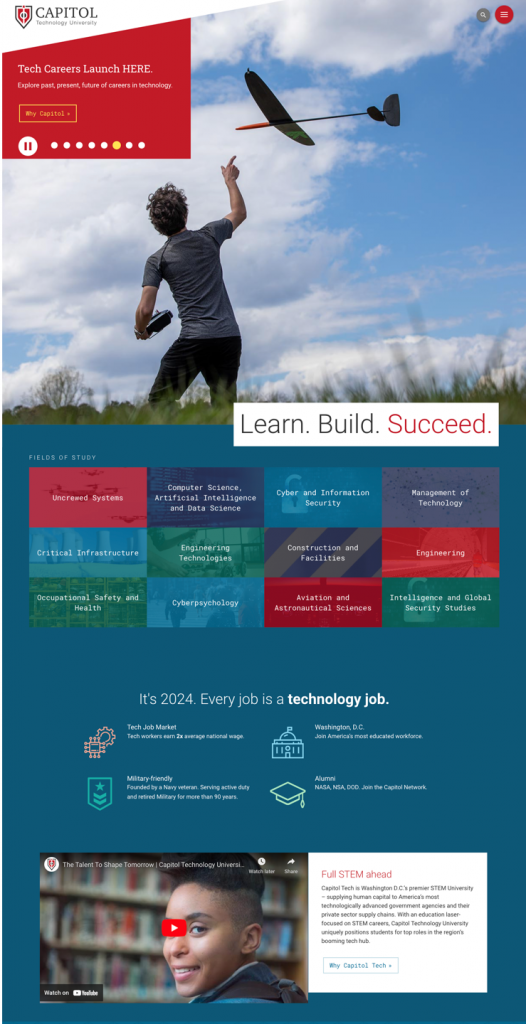
The challenge
Founded around the invention of radio technologies, Capitol Tech has evolved with each new advancement and trains students in cybersecurity, aeronautics, and other related fields. To grow its enrollment and reputation, Capitol Tech turned to Elliance to create a new brand position, build a new website and execute multi-year digital marketing campaigns.
The inspiration
Discovery interviews revealed that Capitol Technology University is a vital talent source for America’s most mission-critical government agencies and their private sector contractors. Alumni interviews showed that Capitol Tech-enabled students use their education to build great careers and care for themselves and their families.
The result
Elliance positioned it with the line to reflect its builder culture: “Learn. Build. Succeed.” As part of the overall marketing campaign, Elliance modernized Capitol Tech’s logo and directed an extensive content creation effort to win Google page-one rankings for more than one hundred organic keywords.
The impact
Those page-one positions now drive enrollment across STEM-related majors in the greater Washington, DC, and Maryland region. The resulting brand recognition has led it to be recognized as the region’s #1 cybersecurity program. Website traffic has tripled, and enrollment has grown year over year.
Assumption College
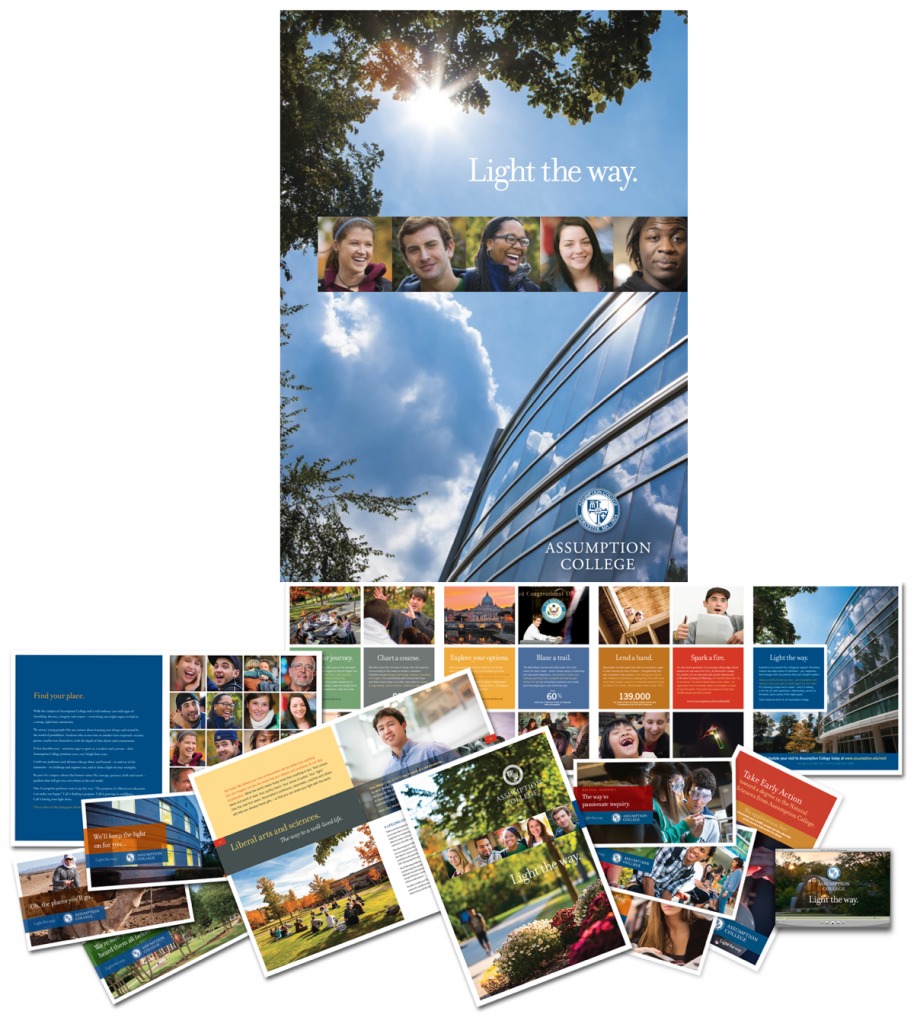
The challenge
Although the community had competing viewpoints, beneath the surface noise, Assumption College’s mission seemed to be very much alive.
The inspiration
Assumption founder Emmanuel D’Alzon wanted faith and reason, science and humanities to enrich each other. A place where practical professional knowledge finds value and is esteemed.
The result
During brand discovery, a faculty member asked if there ”was a way to direct forces of the college toward a shared direction?”Elliance found the answer in just three words: “Light the way.”
University of the Incarnate Word

The challenge
As a Division I Southland Conference member, The University of the Incarnate Word competes for fans, sponsors, and coverage with a true roster of giants (UT and Texas A&M). Elliance worked with President Tom Evans and his cabinet to find a path to brand distinction.
The inspiration
While athletics had established an effective “UIW” and red-crested Cardinal mark, interviews with faculty, coaches, and students revealed a desire for closer ties to the congregational mission.
The result
Elliance and the UIW team learned to embrace the school’s name and origin story. As we looked beneath the surface of a 150-year-old religious order, Elliance found a strong case for GenZ brand relevance. UIW students, faculty, religious staff, and lay partners were fully engaged with issues such as human trafficking, water scarcity, border detention center conditions, and health discrepancies.
This led to a message platform centered around a rallying cry: to find your life’s call and be The Word in the World.
Impact
Applications grew 40%. Deposits up 30%. $100 million campaign completed.
Elliance awakens higher education brands to attract right-fit students and energize the entire college community. The brands we’ve crafted have transformed Catholic, faith-based, liberal arts and community colleges; business, law, medical, and engineering schools; as well as technology, agricultural, and healthcare universities.
If you are seeking a team of talented higher education brand strategists to create a new tagline and brand promise, please contact us.

